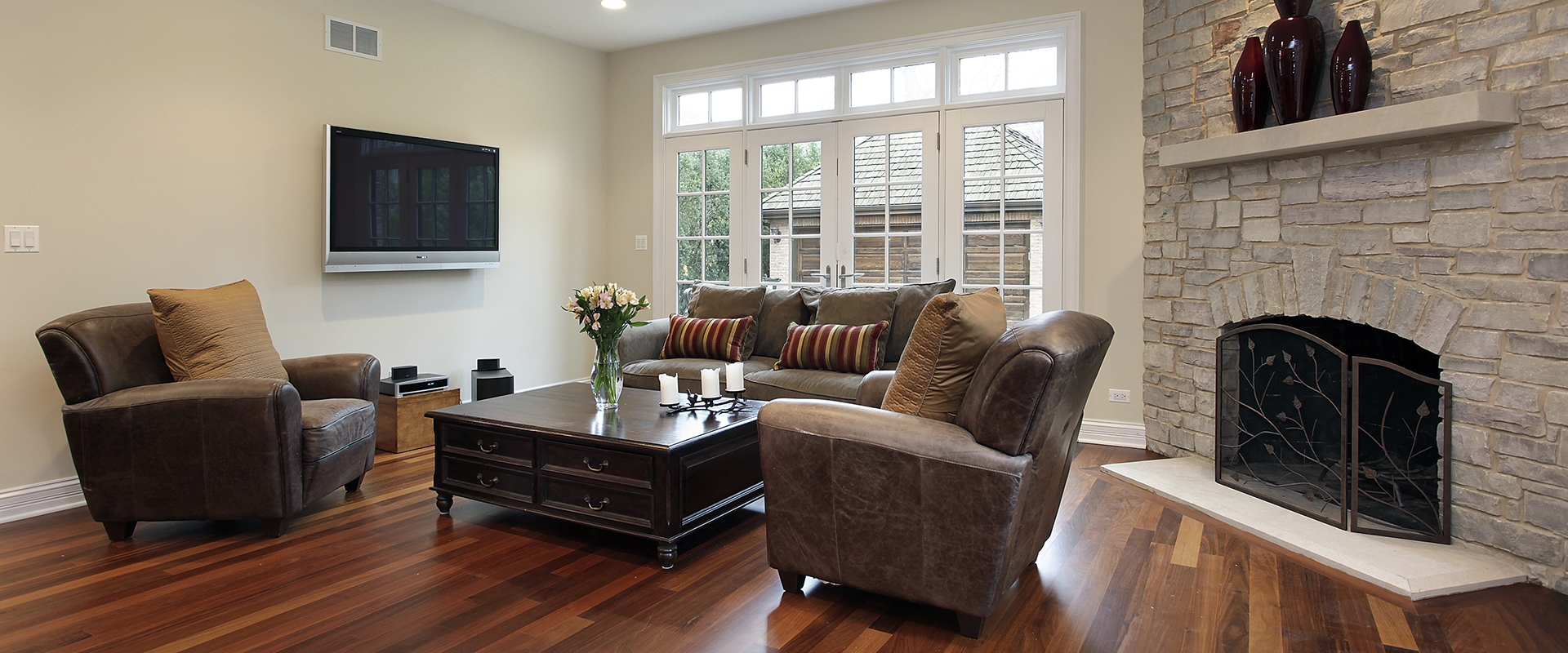Start with Insulation Planning
Conventional House Addition
Proper insulation is key to converting an attic into a livable space. The position of insulation determines whether the attic is part of the building envelope (conditioned space) or remains unconditioned. When remodeling, the insulation must be relocated to ensure the attic becomes part of the home’s climate-controlled environment.
200
Years Combined Experience11000
Satisfied Customers250
Trusted AssociatesUnderstanding Your Attic’s Framing: Rafters vs. Roof Trusses
Rafters
- Typically found in older and some newer homes.
- Stick-framed construction with rafters extending from the roof peak to the walls.
- Creates an open space ideal for storage or living space conversion.
Roof Trusses
- Common in modern homes.
- Contains angled web framing, leaving limited usable space.
- Trusses are not designed to support heavy loads, making them unsuitable for storage or extensive remodeling without modifications.
Attics and the Building Envelope
Conditioned vs. Unconditioned Attics
- Unconditioned Attics: Insulation is on the attic floor, keeping the attic outside the building envelope.
- Conditioned Attics: Insulation is installed between the rafters to maintain a comfortable temperature in the attic.
Converting an unconditioned attic into a living space requires repositioning insulation to bring the attic into the building envelope.
Ventilation Options: Passive and Active Systems
Proper ventilation is essential to prevent moisture and heat buildup in the attic, which can lead to ice dams, mold, and other issues.
Passive Ventilation
- Soffit Vents: Installed along the eaves to allow cool air to enter.
- Ridge Vents: Placed at the roof peak to let warm air escape.
- Gable-End Vents: May supplement, but cannot replace soffit and ridge vents.
Active Ventilation
- Attic Fans: Use thermostats to automatically activate when attic temperatures reach a preset level, expelling hot air.
- Placement: Typically mounted behind gable-end vents or roof vents.
Addressing the Stack Effect: Air Sealing and Insulation
The Stack Effect Explained
- In winter, warm air rises through leakage points into the attic, creating negative pressure that pulls cold air into the home.
- This cycle increases energy consumption and can cause ice dams and moisture issues in the attic.
Solutions
- Air Sealing: Use spray foam or other materials to seal gaps in recessed lighting, attic stairs, and wiring holes.
- Spray foam provides excellent long-term energy efficiency.
- Blown fiberglass or cellulose are budget-friendly alternatives.
What is an attic build-out?
An attic build-out transforms unused attic space into functional living areas, such as bedrooms, home offices, playrooms, or storage. It involves structural modifications, insulation, ventilation, and often upgrades to flooring, walls, and ceilings.
What are the benefits of an attic build-out?
- Increases living space without extending your home’s footprint.
- Enhances property value.
- Maximizes underutilized space.
- Creates a private, quiet area ideal for various uses.
How do I know if my attic is suitable for a build-out?
Key factors include:
- Ceiling Height: Most local codes require at least 7 feet of headroom.
- Framing Type: Rafters provide open space, while trusses may require modifications.
- Structural Integrity: The floor must support the intended use of the space.
- Access: Adequate stairs or a safe entry point are required.
Do I need a permit for an attic build-out?
Yes, permits are typically required for structural changes, electrical and plumbing work, and insulation upgrades. We’ll handle the permitting process to ensure compliance with local codes.
What design options are available for an attic build-out?
Attic spaces can be customized to suit your needs. Popular designs include:
- Bedrooms or guest suites.
- Home offices or studios.
- Playrooms or recreation spaces.
- Organized storage areas.
Can I add a bathroom to my attic?
Yes, but adding a bathroom requires plumbing upgrades and careful planning to ensure proper drainage and ventilation.
How much does an attic build-out cost?
Costs vary based on the scope of the project, materials, and finishes. On average, attic build-outs can range from $30,000 to $75,000 or more. We’ll provide a detailed estimate during your consultation.
How long does an attic build-out take?
The timeline depends on the complexity of the project. Most attic conversions take 4–12 weeks. We’ll provide a detailed schedule during the planning phase.
What upgrades are typically required for an attic build-out?
- Insulation and air sealing.
- Ventilation and HVAC adjustments.
- Structural reinforcements for flooring.
- Electrical wiring and lighting installation.
- Stairs or improved access.
How should the attic be insulated?
Insulation is critical for comfort and energy efficiency. Options include:
- Spray Foam Insulation: Excellent for long-term performance.
- Blown Fiberglass or Cellulose: Cost-effective alternatives.
Will an attic build-out impact my energy bills?
Proper insulation, air sealing, and ductwork insulation can help minimize energy consumption. We focus on energy-efficient solutions to keep utility costs in check.
Does an attic need ventilation?
es, proper ventilation is essential to prevent moisture buildup, which can lead to mold and structural damage. Options include:
- Passive Systems: Ridge vents and soffit vents.
- Active Systems: Attic fans for improved airflow.
Can I build out an attic with trusses?
Yes, but trusses complicate the process. Modifications may be needed to create usable space while maintaining structural integrity.
What if my attic doesn’t meet building codes?
If your attic doesn’t meet requirements (e.g., ceiling height, load capacity), structural upgrades may be necessary. We’ll assess your attic and recommend solutions to bring it up to code.
How do I maintain my attic after the build-out?
Keep insulation and ventilation in good condition. Check for signs of moisture or air leaks. Ensure HVAC systems and ductwork are functioning efficiently.
Will an attic build-out increase my home’s resale value?
Yes, a well-designed and professionally executed attic conversion can significantly boost your home’s market value, especially if it adds functional living space or additional bedrooms.
We Now Have Over 11,000 Satisfied Customers!Get To Know Mike Fournier
2020 president of the Home Builders Association of Greater Tulsa
Mike Fournier, owner of Sonrise Construction, covering Tulsa and surrounding areas, began in July of 2000, and now have over 11,000 highly satisfied customers! We are exceptionally proud of our awards and certifications which speak of our attention to detail, our great customer service, and our superior quality of installation.
- Email Us
- 918-357-7777
-
 Attic Build Out / Remodel
Attic Build Out / Remodel
-
 Room Add Ons Additions
Room Add Ons Additions
-
 Aging In Place Remodel
Aging In Place Remodel
-
 Bathroom Remodel
Bathroom Remodel
-
 Kitchen Remodel
Kitchen Remodel
-
 Tulsa Home Remodel
Tulsa Home Remodel
-
 Tulsa Custom Home Builder
Tulsa Custom Home Builder
Attic Build Out / Rempodel
Maximizing Energy Efficiency
Ductwork Insulation
- Attic ductwork should be insulated to prevent energy loss.
- Use foil-faced tape to seal joints in duct fittings, further reducing air leakage.
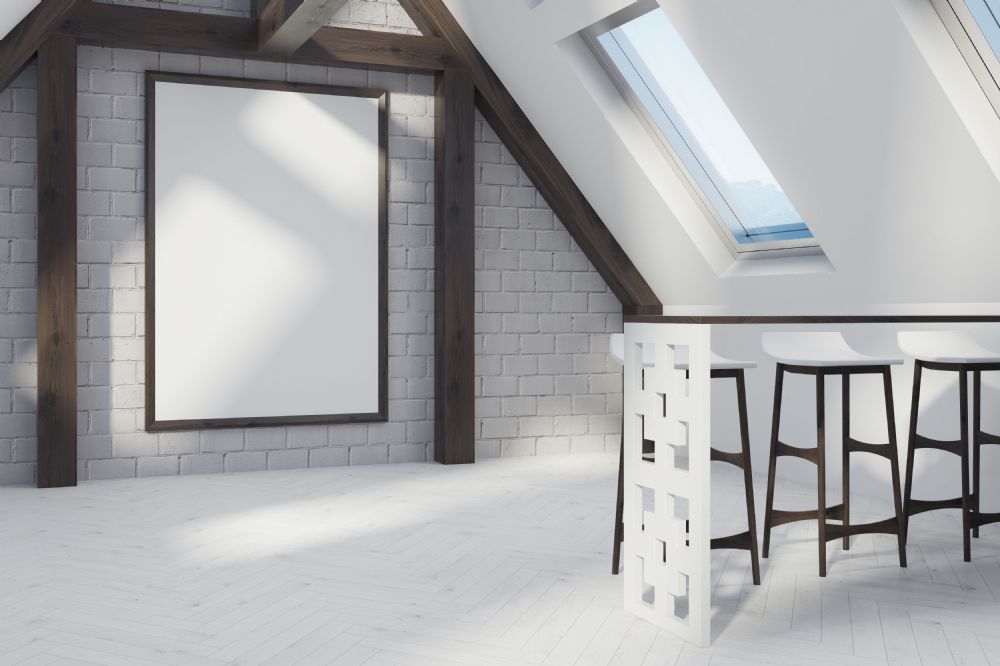
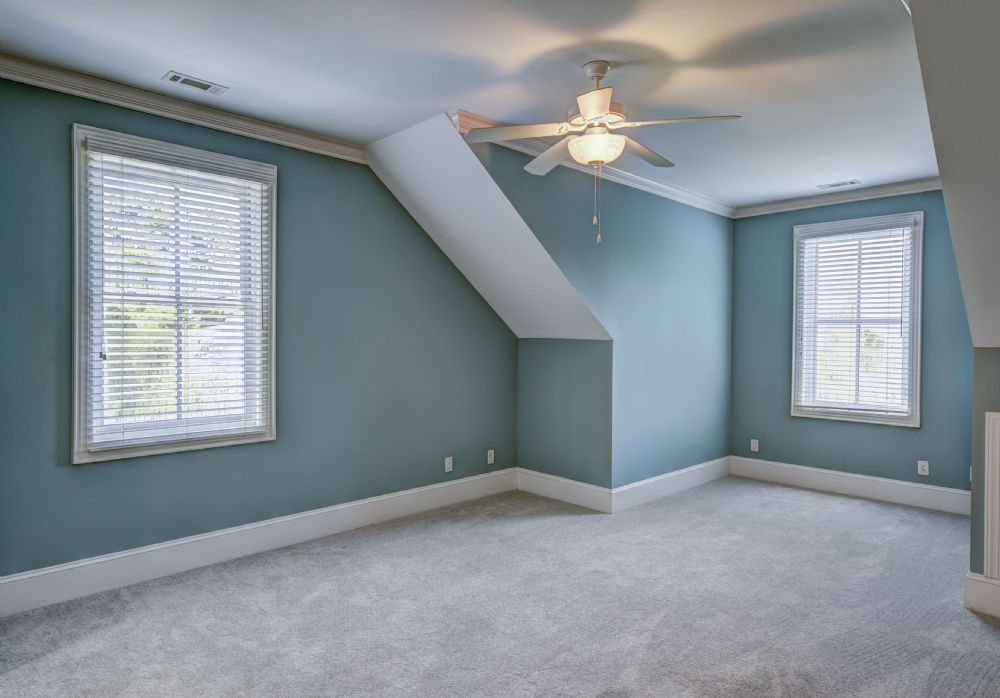
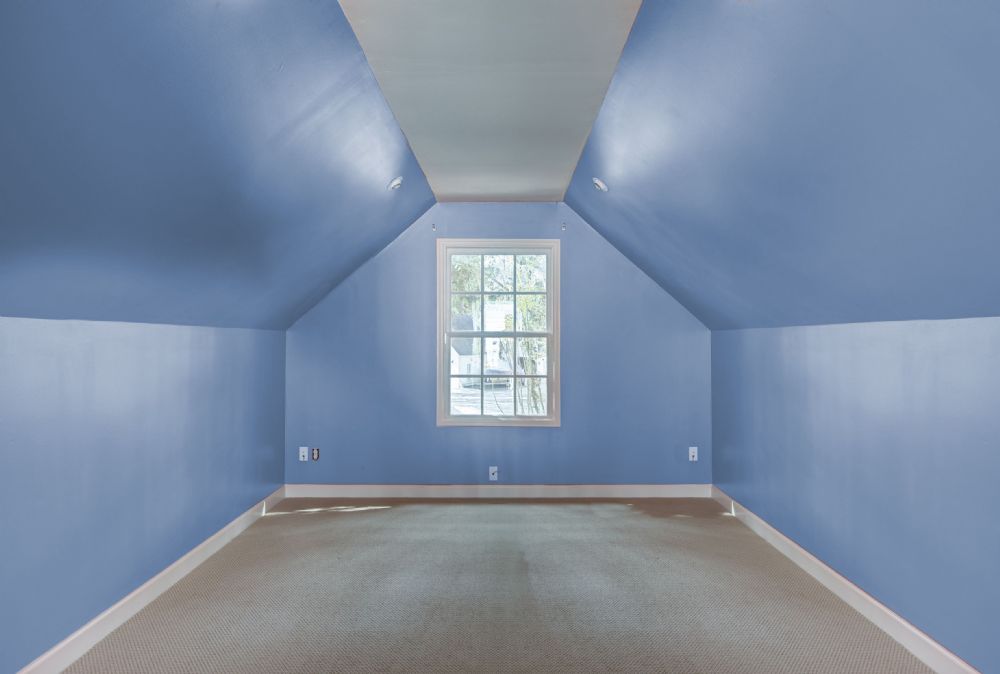
Benefits of an Attic Remodel
- Expanded Living Space: Ideal for an additional bedroom, home office, or playroom.
- Improved Energy Efficiency: Proper sealing and insulation reduce heating and cooling costs.
- Increased Home Value: A finished attic can significantly boost your home's market appeal.
Choosing the Right Addition for Your Needs
Expanding your home can improve functionality, increase resale value, and provide much-needed space. Whether you're considering a full house addition, a cozy sunroom, or a practical garage conversion, each option has unique benefits and requirements.
For expert advice and professional craftsmanship, contact us today to discuss your home addition project!
Customized Solutions for Your Needs
Sonrise Construction can help with:
- Whole-home ADA remodeling
- Individual room modifications, such as kitchens and bathrooms
- Personalized designs that meet ADA requirements while reflecting your unique style and preferences
Mike Fournier and his team work closely with you to ensure the remodel meets both ADA standards and your specific needs and tastes.

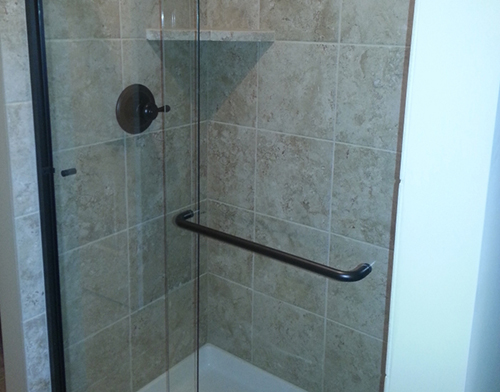
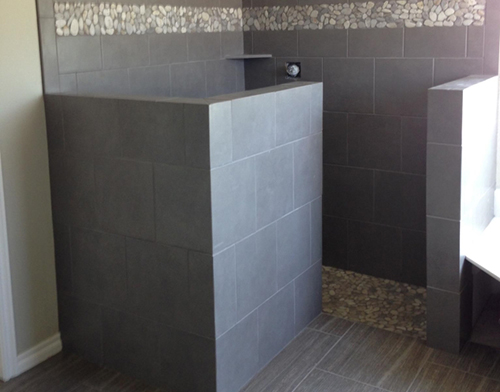
Let's Make Your Home Accessible
Sonrise Construction is ready to help you create a safe and accessible living environment. From ADA-compliant bathrooms and kitchens to full home remodels, we provide tailored solutions with expert craftsmanship.
Contact us today to schedule an appointment and learn more about how we can make your home ADA-compliant and ready for aging in place.
Let’s Bring Your Dream Bathroom to Life
Ready to start your bathroom transformation? Check out our portfolio to see how we’ve helped Tulsa homeowners create stunning bathrooms.

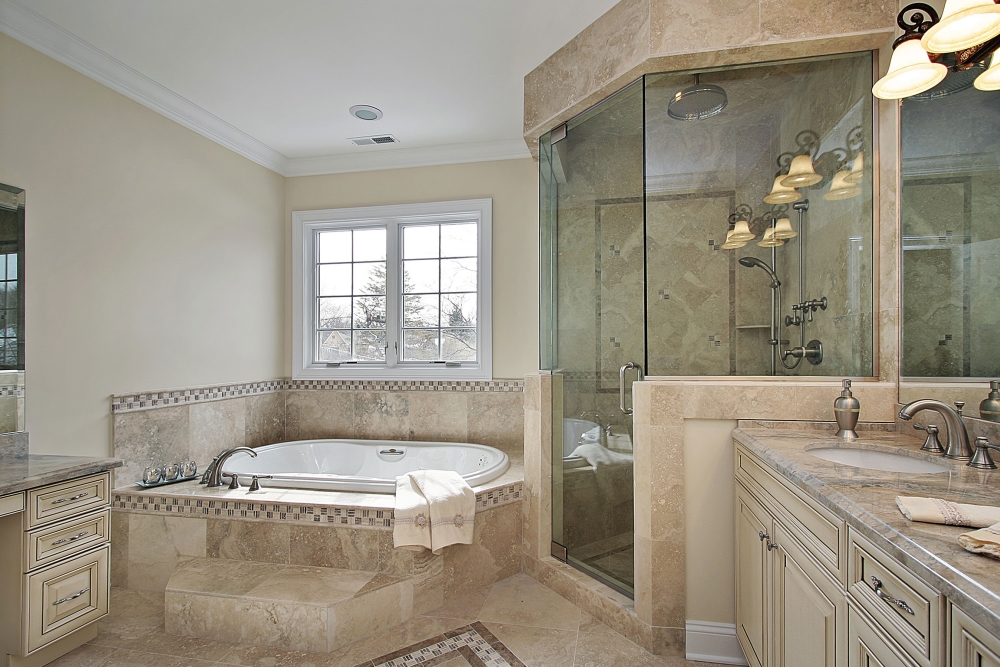

Contact us today to discuss your dream space and get a personalized quote. Let’s turn your vision into a reality!
Take the First Step Toward Your Dream Kitchen
Owner Mike Fournier and the Sonrise Construction team are here to make your kitchen remodeling experience seamless and enjoyable. Schedule a consultation today by filling out our contact form and let us help bring your vision to life.
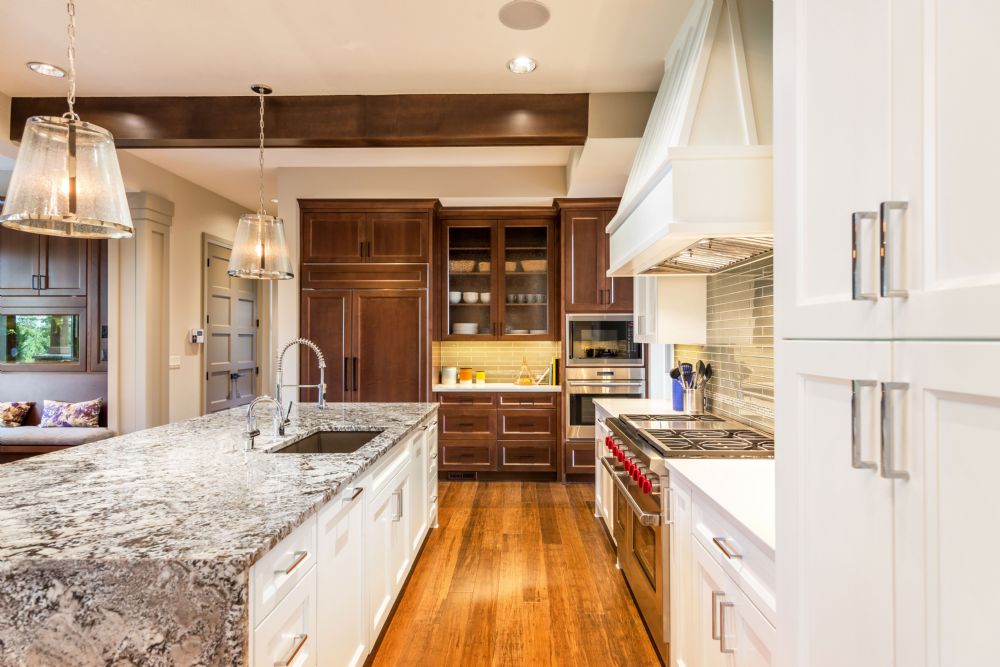
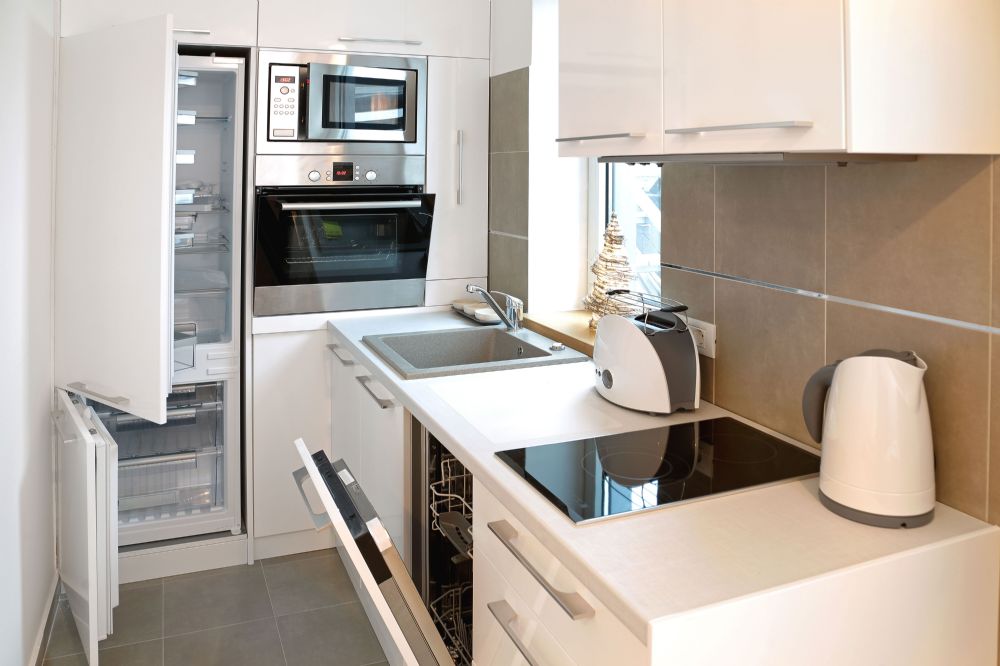
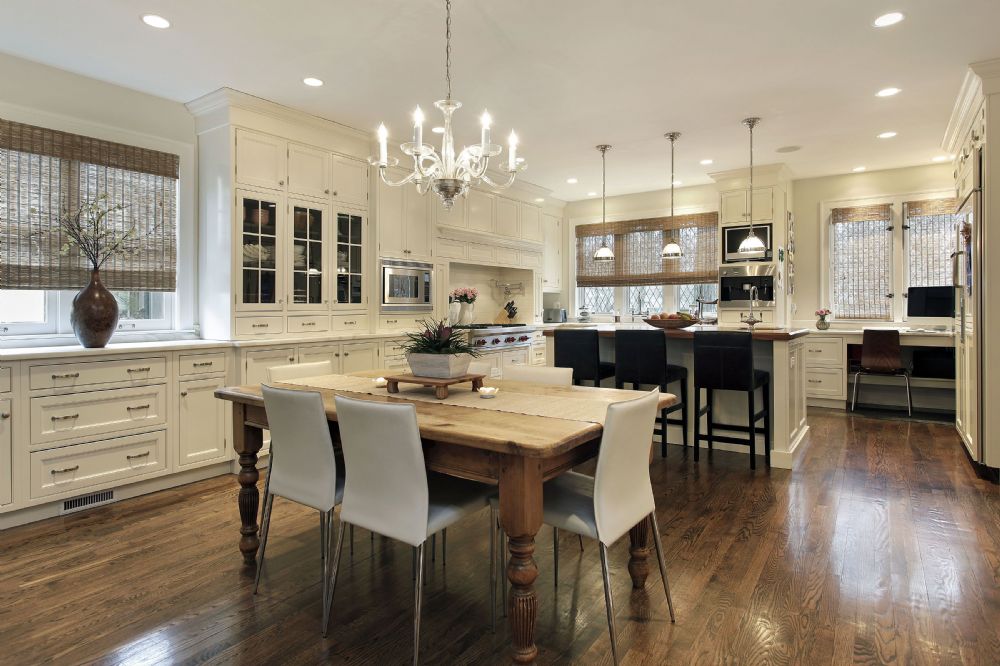
Explore Our Work
Check out our kitchen remodeling projects to see how we've transformed homes across Tulsa.
Sonrise Construction also specializes in other home remodeling services, including bathroom remodels and window replacement. Trust us for all your Tulsa home renovation needs.
Get a Quote Today!
Sonrise Construction - where your dream kitchen becomes a reality.
Tulsa Home Remodel
Founded in 2000, Sonrise Construction based in Tulsa, OK. has acquired expertise in residential construction and Tulsa home remodeling that surpasses our years in business. We have provided construction activities from basic half bath, full bathroom and kitchen remodels to total home makeovers. Our ability, knowledge, experience equip us to reconstruct homes that have historical significance as well as basic room changes and additions. We are the home, kitchen, bath remodels experts and the leading window companies Tulsa offer expert installation, repair, and high-quality window replacement Tulsa services to enhance the beauty and efficiency of your home. Checkout out our Tulsa Pergola page!
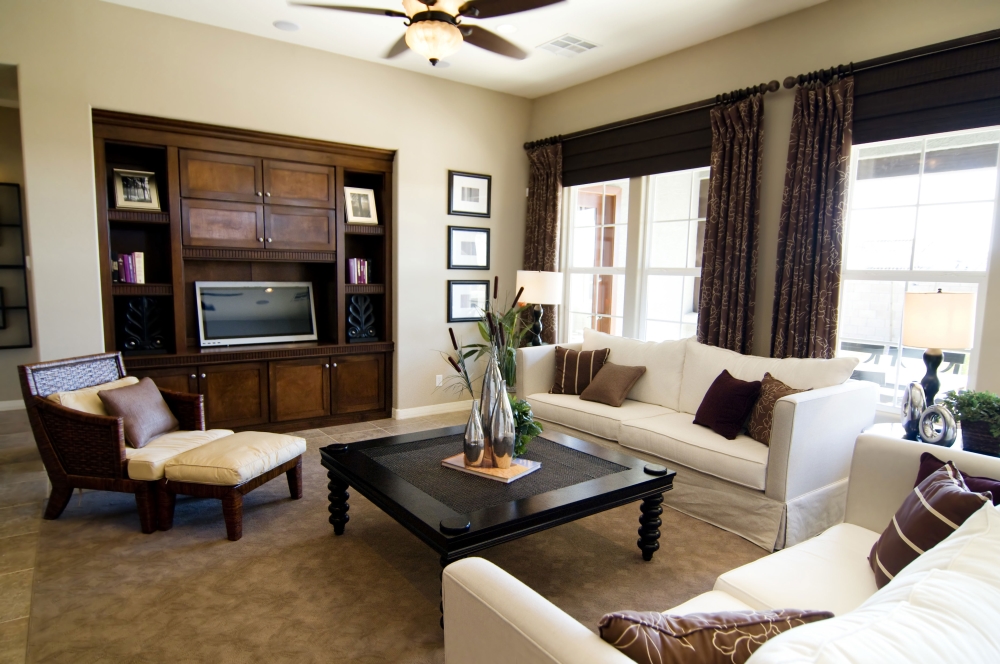
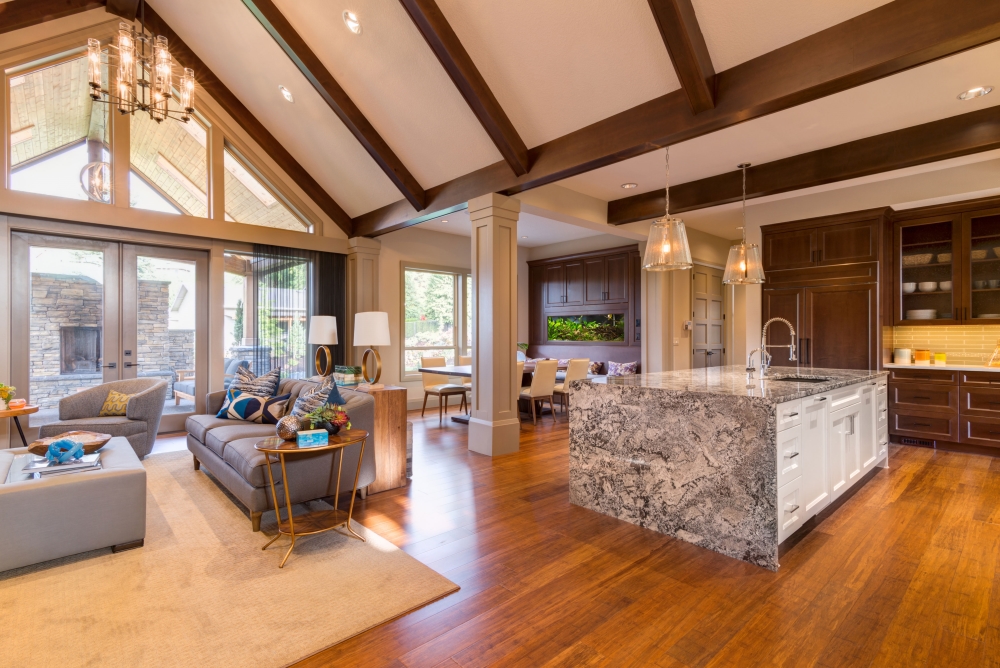
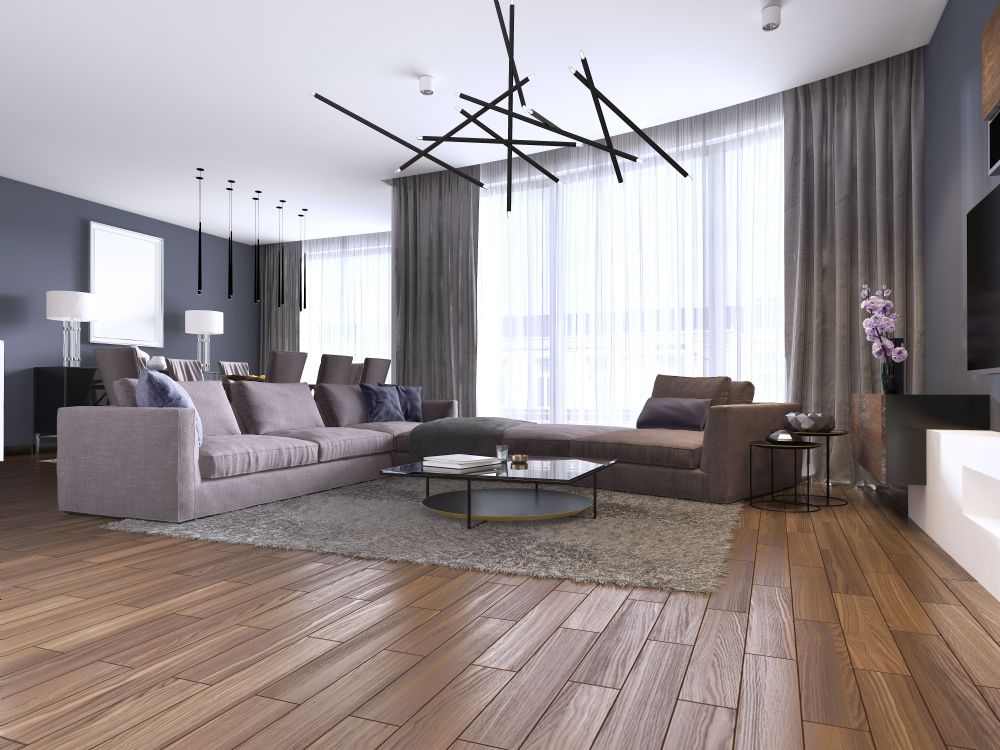
We have the skilled professionals to remodel your house into your ultimate dream home. We don't take short cuts and only use the highest quality of materials. We take great pride in our work and when your home is complete you'll take great pride in how it looks! [Read More]
Tulsa Custom Home Builder
Sonrise Construction, Owner Mike Fournier, Tulsa 's Full Service General Contractor, is a custom home builder, and we do not build in the cartel neighborhoods; not that there is anything wrong with being a member of the cartel. Many of our builder friends are. We here at Sonrise Construction though prefer to be known solely as a "custom" home builder. We want our customers to be able to work with us in making up to 100% of the choices for how they want their home built; something that you can't get if building a cartel home. Your custom built kitchen and bathroom as long as the rest of your home will be beautifully customized by our team of experts.
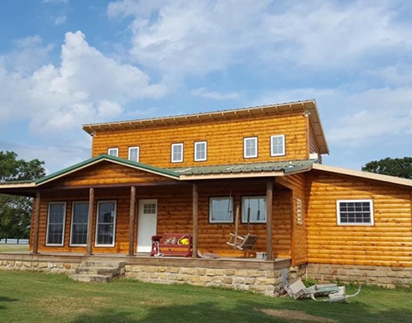
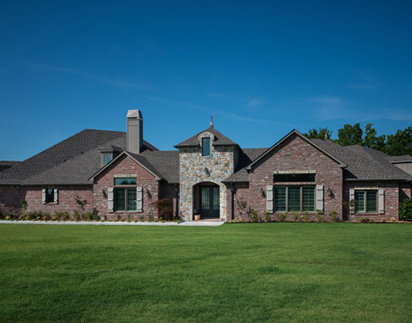
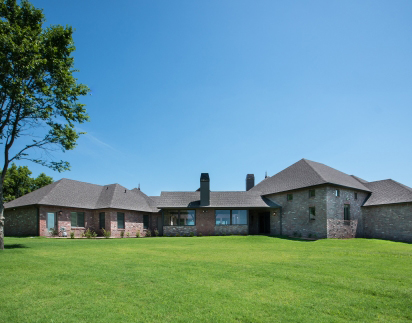
We love the fact that you want a Custom Home Builder to build your next house! Our professional builders will build your vision into a reality! Give us a call today for more information.[Read More]
DECADES OF CONSTRUCTION EXPERIENCE.
Sonrise Construction was formed in 2000, and we have well over 200 years of "combined experience" if you add up all the decades of experience from our various Foremen. As your Full Service Design/Build General Contractor, it is our commitment to provide our clients with unrivaled support throughout all phases of the design and construction process.

